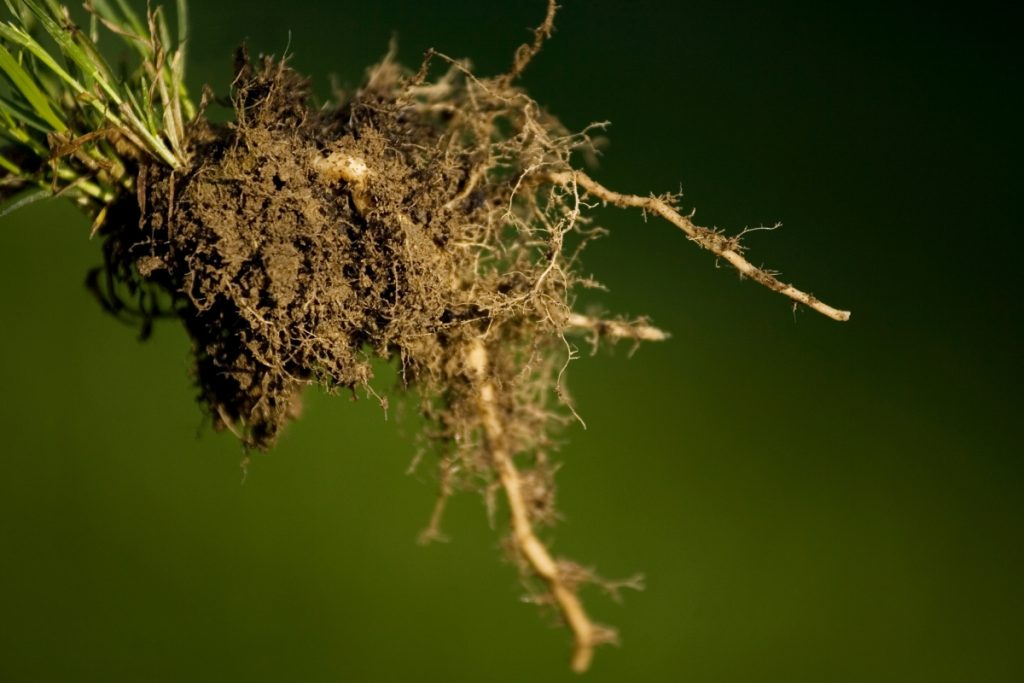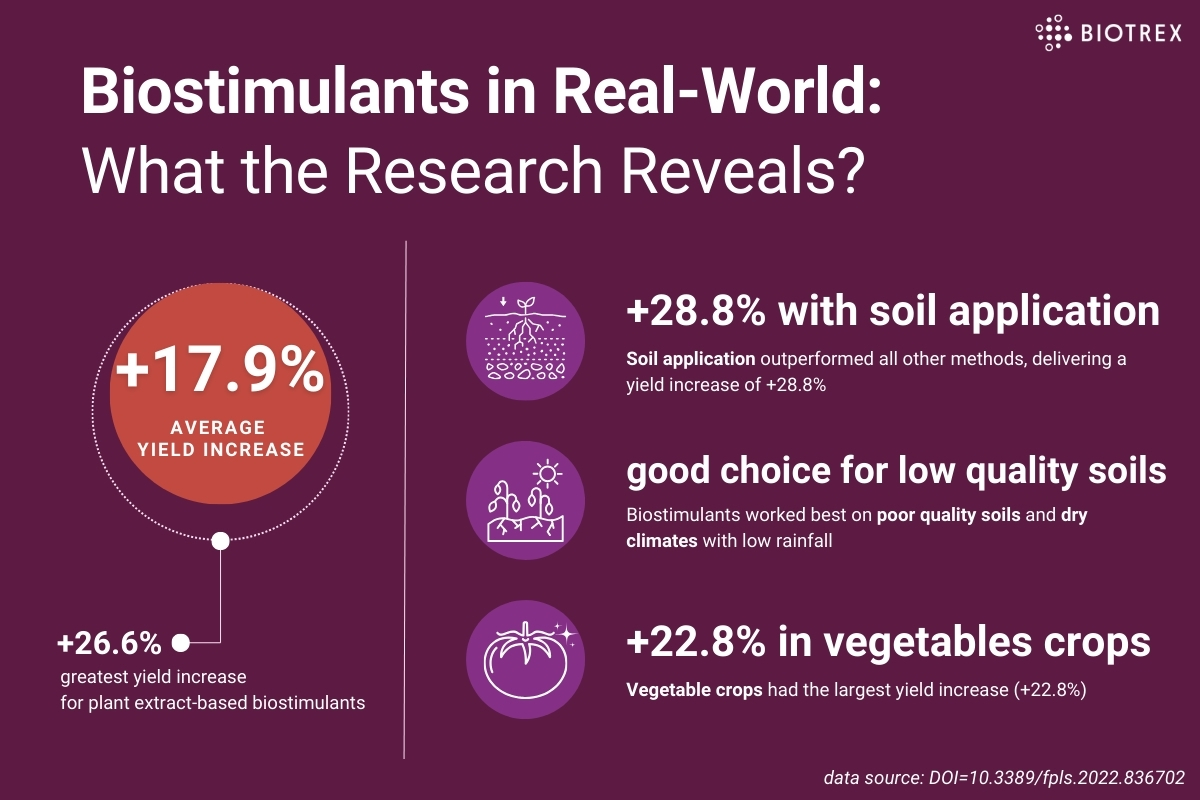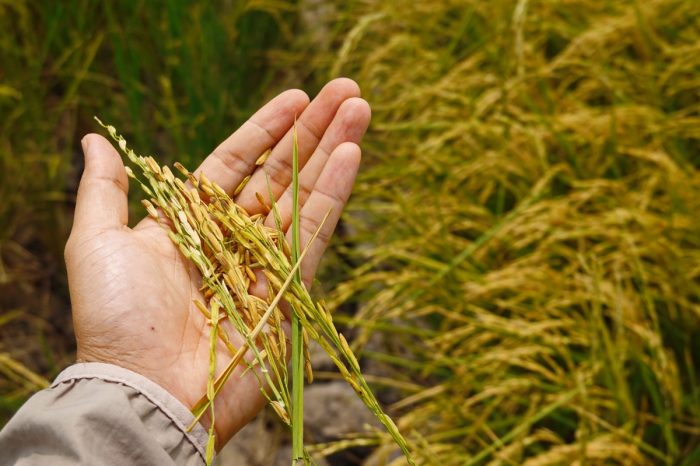Plant biostimulants
Plant biostimulants are emerging as a key tool in modern agriculture – helping crops withstand drought, heavy rainfall and other environmental stresses. With pressure to produce more food sustainably, biostimulants hold the promise of increasing yields without harming the environment. But for farmers promise isn’t enough.
For biostimulants to really take off, growers need evidence. They need to see that these products not only improve crop performance, but also protect their bottom line and the financial stability of their farm. And that’s where manufacturers face their biggest challenge – building trust. Solid, field-proven evidence that biostimulants deliver results in real-world conditions seems to be the best way to achieve this.

Biostimulants in Agriculture: Benefits, Risks & the Role of BIOTREX Soil Microbial Testing
Explore the benefits and risks of biostimulants in agriculture. Learn how they impact plant growth, soil health, and microbial communities with soil microbial testing.
Biostimulants in Real-World: What the Research Reveals
A recent meta-analysis provides solid evidence of the positive impact of non-microbial biostimulants on yields. The authors pooled data from 180 individual studies across a range of climates, mainly in the Eurasian and Mediterranean regions.
The results speak for themselves: the use of biostimulants resulted in an average yield increase of +17.9%. Of all the biostimulant types, those based on plant extracts had the greatest impact, increasing yields by +26.6%.
These results confirm that biostimulants have the potential to support agricultural productivity. But to fully unlock their potential, we need to understand when, where and how they work best.
Why Do Biostimulants Work Better in Some Conditions?
The study also highlighted that biostimulant performance varies depending on crop type, environmental conditions, and application method, reinforcing the need for a strategic approach:
- Vegetable crops had the largest yield increase (+22.8%), while root and tuber crops had the smallest (+10.6%).
- Biostimulants worked best on poor quality soils and in arid climates with low rainfall (alkaline, saline, barren soils with low organic matter and nutrient deficiencies).
- The biggest surprise? Soil application outperformed all other methods, delivering a yield increase of +28.8% – even though it’s an indirect application technique.
According to the study: “Biostimulants applied via soil resulted in about 10% higher yield benefits than foliar and seed applications. Soil application of biostimulants likely has a different mode of action related to nutrient uptake efficiency or enhancing microbial activity on and around the crop.”
This suggests that soil microbial interactions may be the key to unlocking biostimulant effectiveness. Unlike chemical fertilisers, which primarily deliver nutrients directly to plants, biostimulants appear to affect the soil microbiome, potentially improving nutrient cycling and plant interactions in ways that fertilisers alone cannot.

biostimulant yield effectiveness in field trials
Presented data comes from the publication: Li Jing , Van Gerrewey Thijs , Geelen Danny, A Meta-Analysis of Biostimulant Yield Effectiveness in Field Trials, Frontiers in Plant Science, 13, 2022; DOI=10.3389/fpls.2022.836702
Soil Microbial Community: Key to Biostimulant Success
The impressive performance of soil-applied biostimulants points to a crucial link between biostimulants and soil microbial communities. A thriving, diverse microbial ecosystem plays a key role in nutrient cycling, organic matter decomposition and overall soil fertility. The interaction of biostimulants with the soil microbial community, which can influence soil health and long-term fertility, is what distinguishes them from chemical fertilisers.
So what does this mean for biostimulant manufacturers? If the aim is to maximise efficacy, manufacturers need to consider how their products interact with microbial communities and how they affect overall ecosystem functioning. Understanding how biostimulants affect soil ecosystems isn’t just an advantage – it’s essential. This is where soil microbial testing becomes invaluable.
How Soil Microbial Testing Supports Biostimulant Manufacturers
Understanding how biostimulants interact with soil life is the key to unlocking their full potential. BIOTREX Soil Microbial Analysis gives manufacturers the critical insight they need to see exactly how their products affect the soil microbial community and ultimately crop performance.
Smarter Product Development
Every field is different, but the performance of biostimulants must be assured. Soil microbial testing provides manufacturers with the data they need to refine formulations and ensure biostimulants work effectively across different soil types, climates and cropping systems. By understanding how the microbial community responds before and after application, manufacturers can optimise their products for real-world challenges.
Tailored Solutions for Farmers
Biostimulants aren’t a one-size-fits-all solution – what works in one soil may not work in another. With microbial testing, manufacturers can help farmers fine-tune biostimulant applications based on their soil’s unique microbial profile. This targeted approach not only maximises effectiveness, but also builds trust with growers who are looking for solutions that truly fit their land.
Standing Out in a Competitive Market
In a crowded biostimulant industry, scientific evidence sets products apart. With BIOTREX Soil Microbial Analysis, manufacturers can demonstrate measurable improvements in microbial activity and biodiversity, giving farmers confidence in their investment. The ability to demonstrate real, data-backed benefits helps brands build credibility, strengthen sales strategies and gain a competitive edge.
SOIL MICROBIAL TESTING IS ESSENTIAL for biostimulants success
Field trials show that biostimulants have the potential to increase yields, but success isn’t guaranteed. Crop type, environmental conditions and application method all play a role. The strong results from soil-applied biostimulants point to a key factor that can’t be ignored: soil microbial activity is an important driver of biostimulant performance.
For farmers and agronomists, relying on guesswork isn’t an option. Integrating soil microbial testing into biostimulant strategies is a game changer. Tools such as BIOTREX Soil Microbial Analysis allow manufacturers to optimise biostimulant application, improve consistency in field trials and provide evidence-based recommendations to maximise yield and soil health.
At the end of the day, it’s not just about selling products – it’s about proving they work. And with tools like BIOTREX Soil Microbial Analysis, manufacturers can ensure that biostimulants deliver real, measurable results where it matters the most: on the farm.
credit:
Li Jing , Van Gerrewey Thijs , Geelen Danny, A Meta-Analysis of Biostimulant Yield Effectiveness in Field Trials, Frontiers in Plant Science, 13, 2022; DOI=10.3389/fpls.2022.836702
Ready to explore how BIOTREX can support your goals?
Book a free call with our experts and discover the impact microbial data can have on your business.

